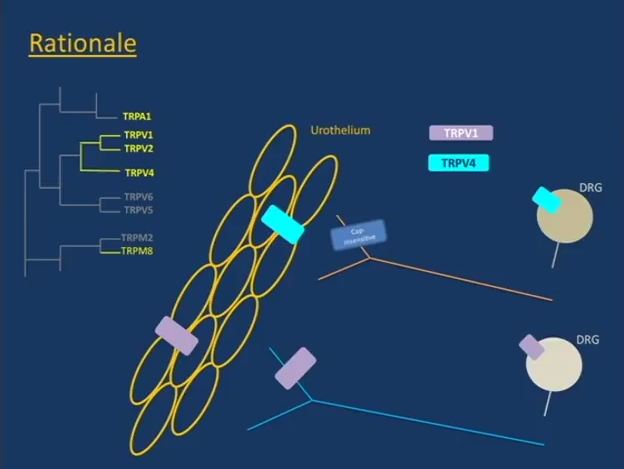Capsaicin, resiniferatoxin and botulinum toxin-A – a trip down memory lane
Over 20 years ago, I went to work at Queen Square, the Mecca of Neurology, as Medical Research Council fellow to Prof. Clare Fowler, an international expert in the neurogenic bladder. She has now retired leaving a lasting legacy, which features in this edition of the BJUI.
I clearly remember my first meeting with Vijay Ramani (now Consultant Urologist in Manchester) and Dirk De Ridder (Associate Editor, BJUI), which led to a collaborative paper on the effects of capsaicin in refractory neurogenic detrusor overactivity (NDO) [1]. While we were busy studying suburothelial nerves in NDO, with many hours of computerised image analysis, a seminal paper describing the ‘capsaicin receptor’ appeared in Nature [2]. This was my first encounter with transient receptor potential (TRP) channels. They continue to excite urologists and neurologists alike as potential therapeutic targets in overactive and painful bladders [3].
Just like semisynthetic capsaicin, derived from chillies, which acted through TRP receptors, TRPV1 antagonists are effective but have numerous side-effects including hyperthermia. No surprises here But there are other subtypes, such as TRPV4 and TRPM8, which are generating a lot of interest in the field of drug discovery.
Life, of course, moved on. Capsaicin never received a license for NDO and was followed by resiniferatoxin (RTX), which also made a rapid exit as it adhered to the plastic bags that it was dispensed in as a solution. Botulinum toxin-A turned out to be the game changer [4]. After extensive trials and safety studies, it has changed the lives of many millions with incontinence secondary to DO, who have failed most other first-line treatments. It has a licence for clinical use and the science behind its mechanism of action has led to many fascinating discoveries.
So, are TRP inhibitors the next big thing in functional urology? After 20 years of fundamental research, they certainly have the potential. As with most eureka moments in translational research, only time will tell.
References




